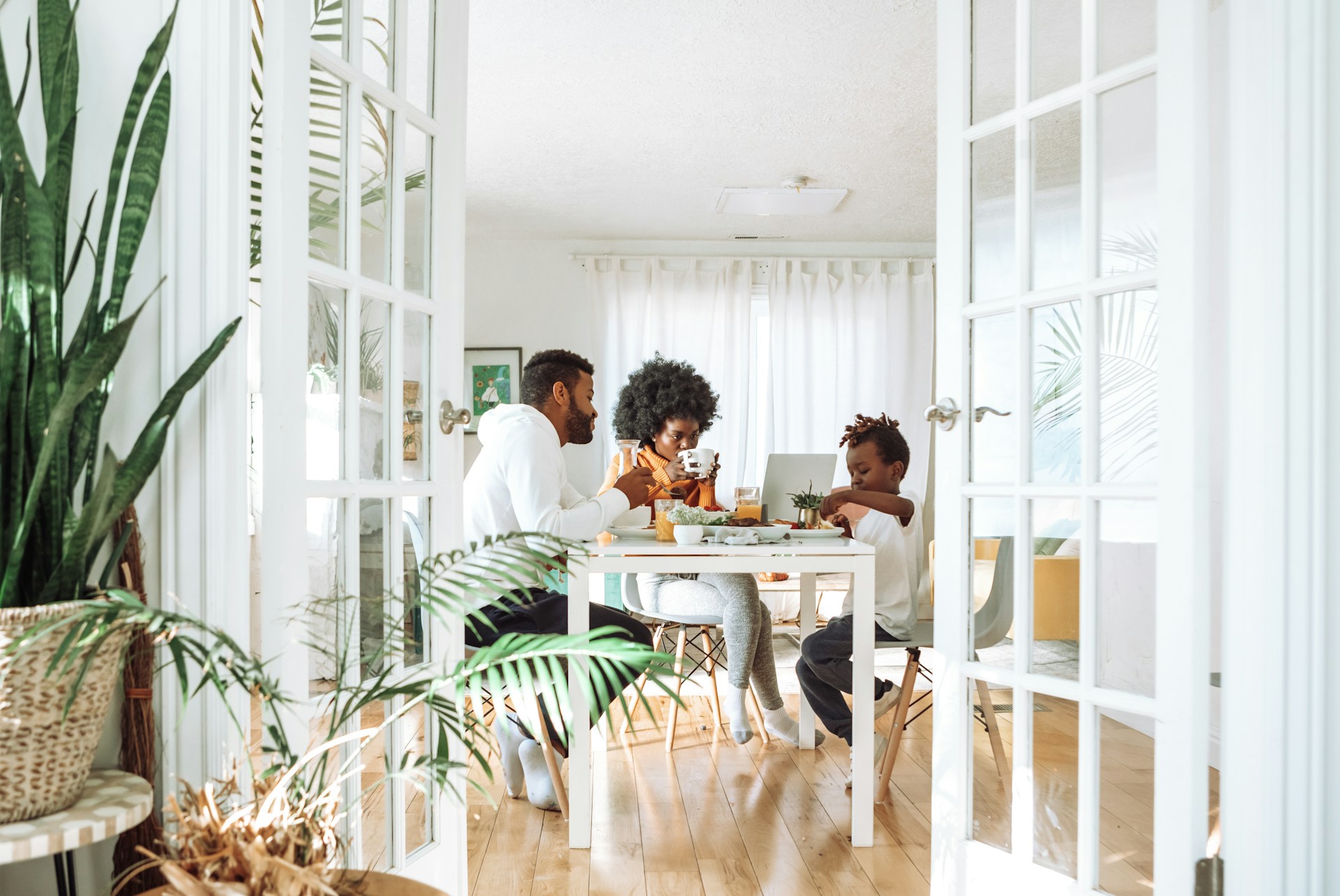

Question: What Style of House is Most Energy-Efficient?
Answer: While no single style of house is most energy-efficient, simple, compact designs like bungalows or cottages minimize surface area, reducing heat loss and gain. Orientation and building materials also play crucial roles.
Choosing the Right House Style
What style of house is most energy-efficient? Many factors influence a home’s energy performance, including building materials, insulation, and window placement. However, the basic structure and design inherent in certain architectural styles create a foundation for optimal energy efficiency. This article explores various house styles and analyzes their energy-saving potential.
Bungalows: Single-Story Simplicity
Bungalows offer a compact footprint, minimizing exterior wall surface area and reducing heat loss. Their single-story design simplifies airflow, making heating and cooling more efficient. This design feature decreases the complexity of ductwork, further contributing to energy savings.
Advantages:
Reduced Exterior Wall Area:
Less surface area exposed to the elements translates to less heat transfer.Simplified Airflow:
Single-story designs minimize air stratification, leading to even temperatures.Efficient Ductwork:
Shorter duct runs reduce energy waste from leaks and heat loss.
Click here for more information on Orangeville agents
Related Article: What Has the Biggest Impact on Electric Bill?
Related Article: How Can I Make My Home More Energy Efficient in Canada?
Split-Level Homes: Balancing Energy Use
Split-level homes offer a staggered layout, separating living spaces vertically. This design can improve energy efficiency by isolating temperature zones. For instance, you can efficiently heat or cool the frequently occupied main living areas while maintaining different temperatures in less-used spaces.
Advantages:
Zoned Heating and Cooling:
Separate levels allow for targeted temperature control.
Modern and Contemporary Homes: Embracing Sustainable Design
Modern and contemporary homes often prioritize energy efficiency through innovative design features. Many incorporate passive solar design principles, maximizing sunlight exposure during winter and minimizing it during summer. These homes frequently feature high-performance windows, advanced insulation, and airtight construction. Architects frequently design these structures with natural ventilation in mind.
Advantages:
Passive Solar Design:
Optimizing solar gain reduces heating needs in winter.Advanced Materials:
High-performance windows and insulation minimize energy loss.Airtight Construction:
Reduced air leakage minimizes drafts and improves temperature stability.Natural Ventilation:
Strategic window placement promotes natural airflow.
Earth-Sheltered Homes: Harnessing the Earth’s Energy
Earth-sheltered homes, partially or fully built into the ground, utilize the earth’s stable temperature to reduce heating and cooling needs. The surrounding earth acts as natural insulation, buffering against temperature fluctuations. These homes demand careful planning and execution to manage moisture and ensure proper ventilation.
Advantages:
Natural Insulation:
The earth provides consistent temperature moderation.Reduced Energy Consumption:
Significant energy savings are achievable due to natural temperature control.
Tiny Homes: Minimizing Your Impact
Tiny homes, with their extremely small footprint, inherently minimize energy consumption. Their reduced square footage significantly lowers heating and cooling loads. They also encourage minimalist living, reducing overall energy use related to appliances and lighting.
Advantages:
Reduced Footprint:
Less space to heat and cool translates directly to lower energy bills.Minimalist Lifestyle:
Reduced consumption patterns contribute to lower overall energy use.
Considering Your Energy Needs
Selecting an energy-efficient house style represents a significant step towards a sustainable lifestyle. While certain styles inherently lend themselves to energy savings, consider implementing additional energy-efficient measures regardless of the chosen architectural style. These include upgrading insulation, installing energy-efficient windows, and using energy-saving appliances. Careful planning and consideration of these factors will contribute to lower energy bills, reduced environmental impact, and enhanced comfort in your home. Remember that obtaining an EnerGuide home evaluation provides valuable insights into a home’s energy performance and can guide homeowners towards targeted improvements. [ 1 ]
References
1. https://www.sehbac.com/blog/which-type-of-house-is-most-energy-efficient/.


